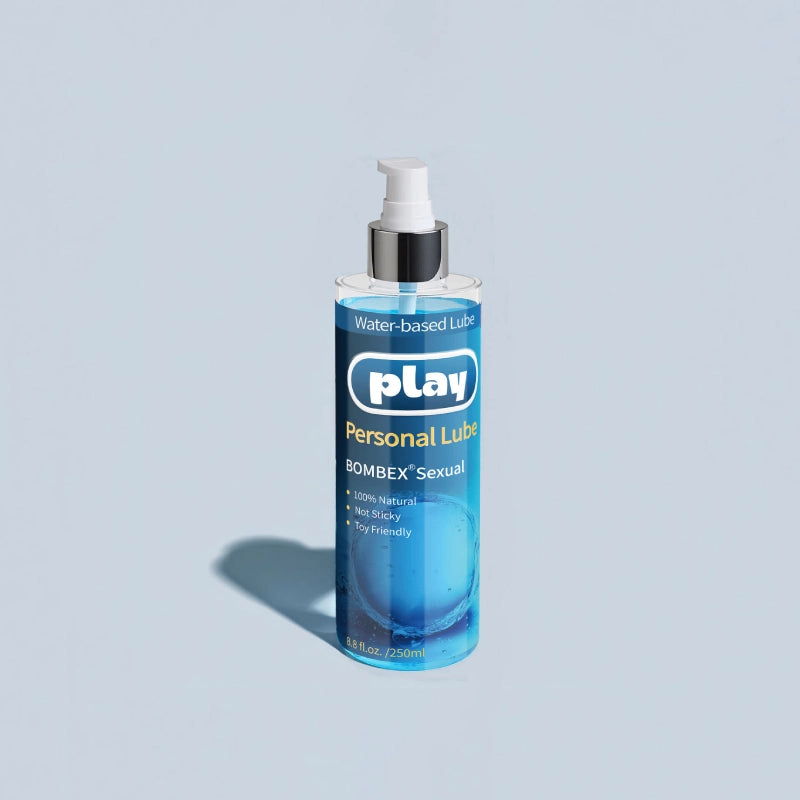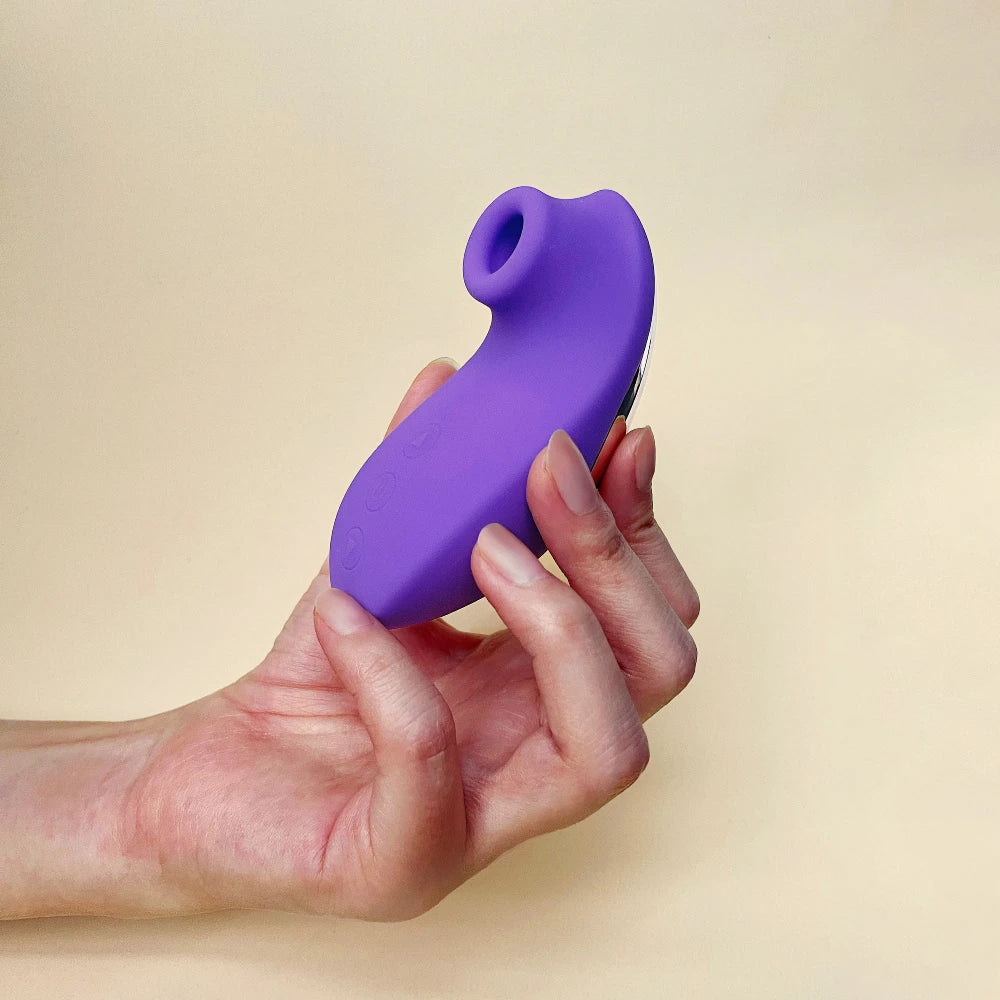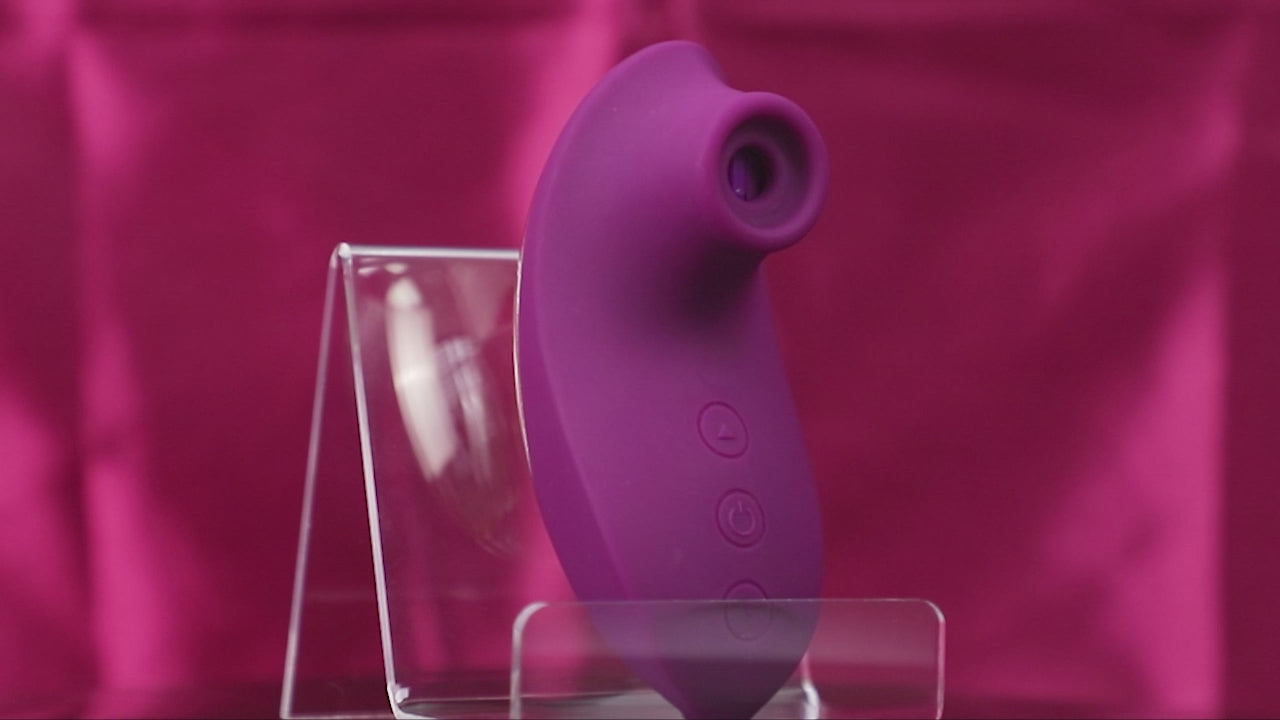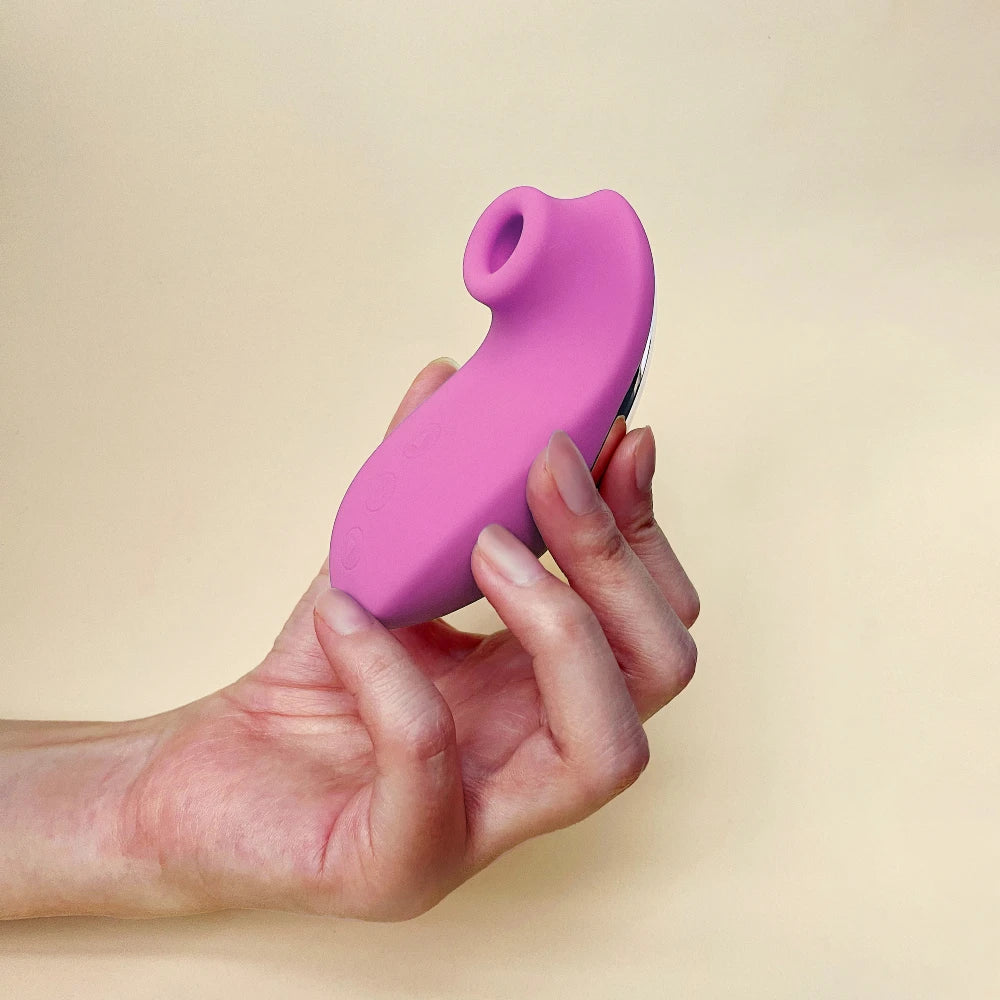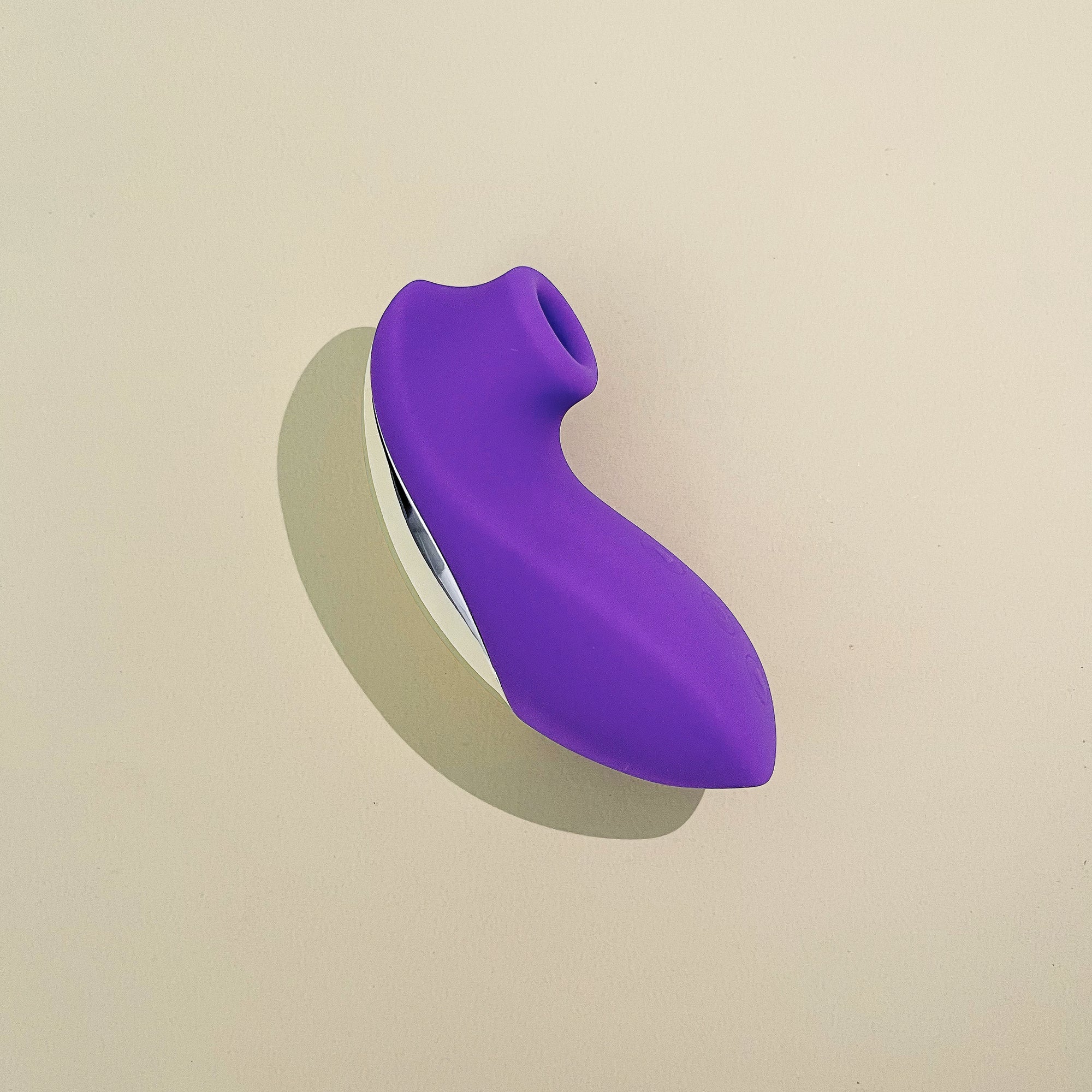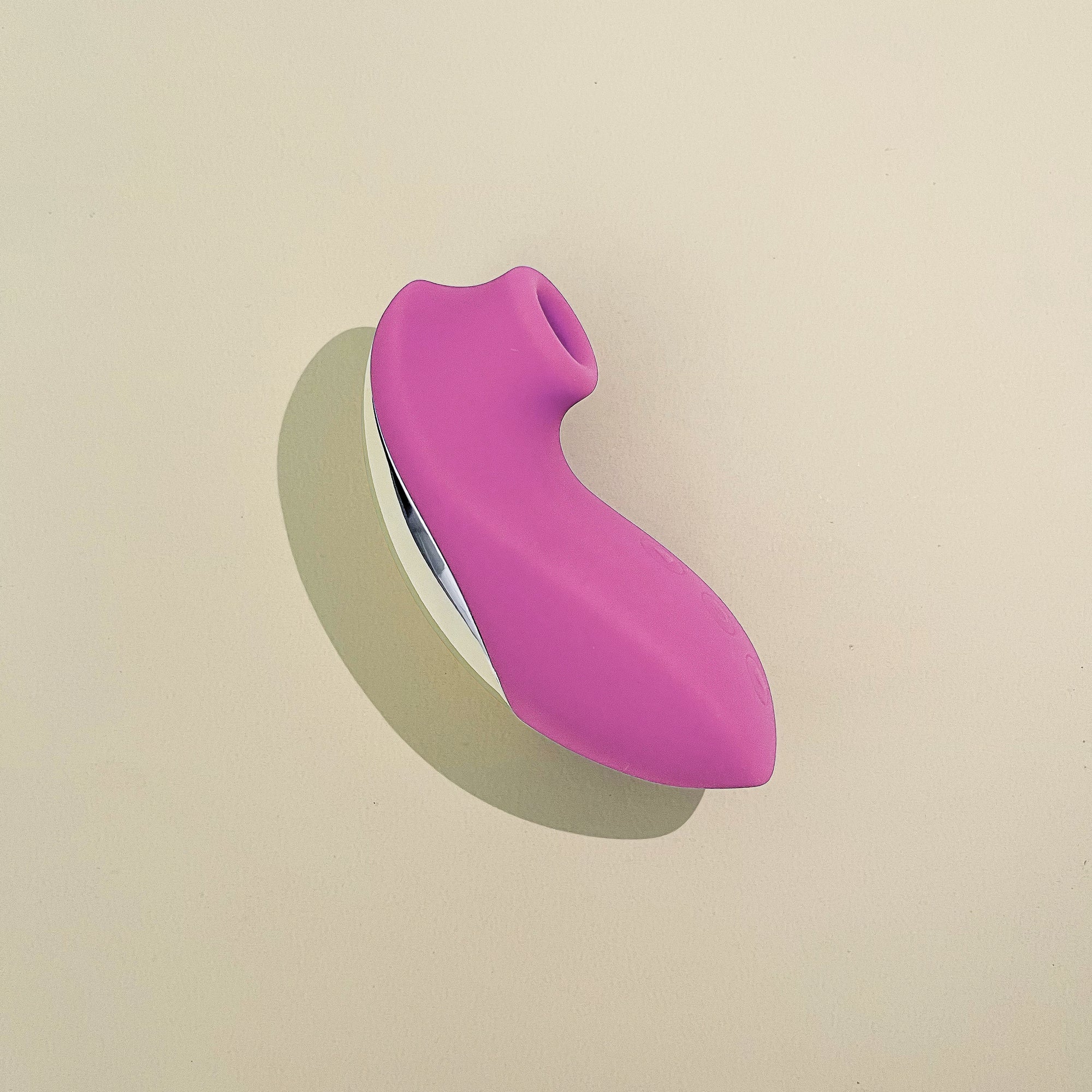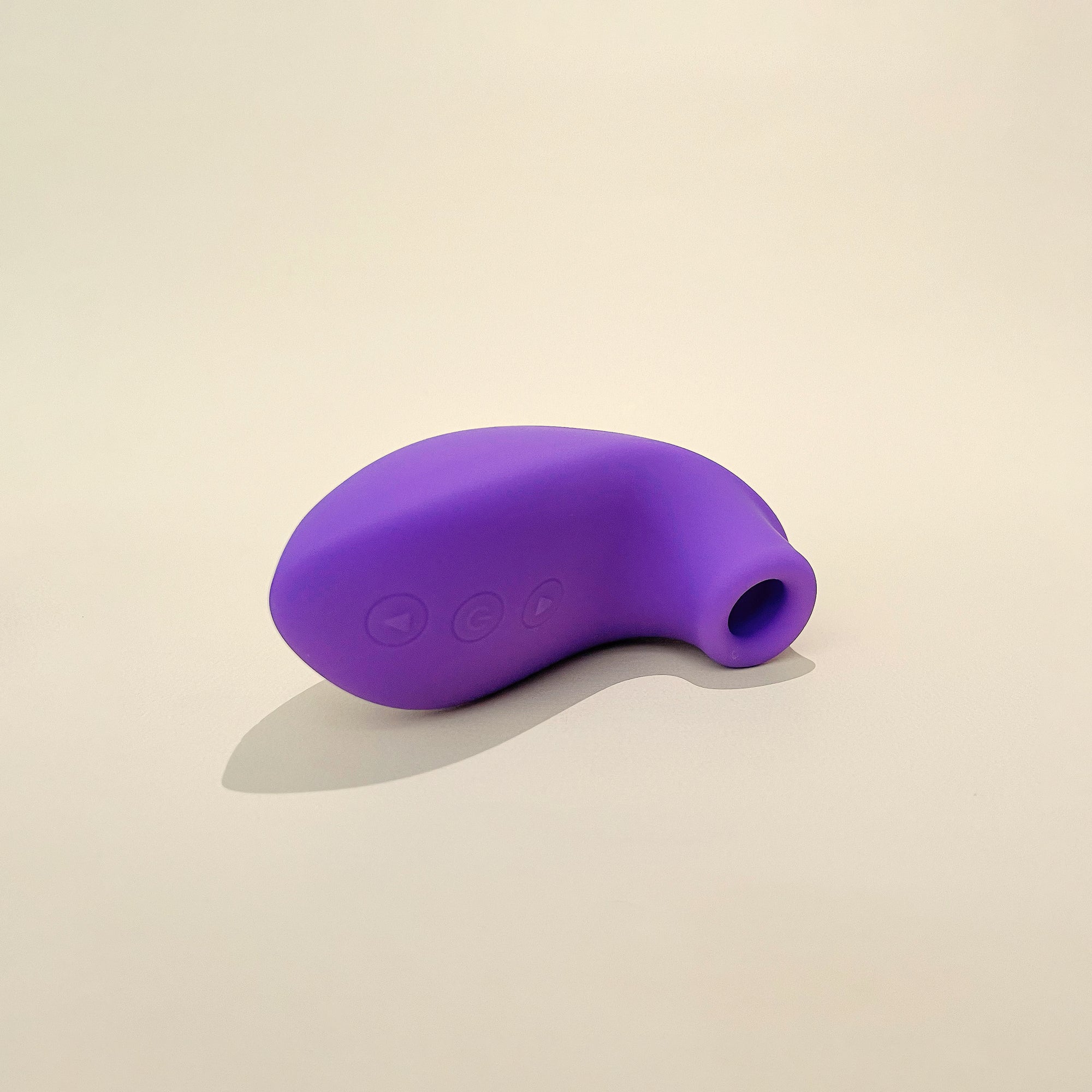The humble condom is a cornerstone of modern sexual health, but its history is far longer and more varied than many realize. Long before latex and foils packets, our ancestors devised ingenious—and sometimes strange—methods to prevent pregnancy and disease. This journey from ancient condoms made of animal parts to the high-tech prophylactics of today is a fascinating story of innovation, public health, and changing social attitudes toward sex.
The Ancient Roots of Contraception
The desire to control reproduction and prevent illness is not a modern phenomenon. Evidence suggests that early civilizations were already grappling with these issues, leading to the first rudimentary forms of the condom.
Early Mentions and Materials
The earliest whispers of condom use date back thousands of years. Cave paintings in France, estimated to be from around 11,000 BCE, appear to depict a man wearing a covering during intercourse, possibly an early form of animal skin sheath. While interpretation is difficult, it points to a long-held awareness of barrier methods.
More concrete evidence emerges from ancient Egypt around 1,000 BCE, where linen sheaths were used. These weren't just for contraception; they also likely protected against tropical diseases and insect bites. Some historians suggest these linen sheaths were even dyed different colors to signify social class. Meanwhile, in ancient Rome, condoms were crafted from the bladders or intestines of goats and sheep, primarily to prevent the spread of venereal diseases. Across the globe in early Asian civilizations, materials varied from oiled silk paper in China to more rigid coverings made of tortoise shells or animal horns in Japan.
From Disease Prevention to Birth Control
The primary driver for the use of ancient condoms was overwhelmingly disease prevention. Societies in Egypt, Greece, and Rome used various methods for birth control, but the sheath was seen as a shield against infections like syphilis. This focus is highlighted in the tale of King Minos of Crete around 3,000 BC. According to legend, his semen contained "serpents and scorpions," fatal to his mistresses. To protect his wife, Pasiphae, a goat's bladder was used as a form of female condom to line the vagina.
The Renaissance and the Rise of the "Sheath"
After the fall of the Roman Empire, documentation on contraceptives vanished for centuries, re-emerging in 15th-century Europe. A devastating syphilis epidemic swept across the continent, creating an urgent need for effective protection and bringing the condom back into the spotlight.
Linen, Silk, and Animal Intestines
During this period, condoms were typically made from linen, silk, or animal intestines, often sourced from butchers. These were not disposable items. They were expensive, intended to be washed and reused, a practice that seems horrifying by today's standards. The materials were thick, cumbersome, and often secured with a ribbon at the base to keep them in place.
In 1564, the Italian anatomist Gabriello Fallopio (for whom the fallopian tubes are named) published what is considered the first clinical trial of the condom. He designed a linen sheath, soaked it in a chemical solution, and gave it to over 1,000 men to test its effectiveness against syphilis. His writings describe the sheath as fitting over the glans and being fastened with a ribbon, marking a significant step in documenting and standardizing its use for disease prevention.
Casanova's Choice: Testing for Protection
By the 18th century, these "sheaths" were more widely available, though still primarily used by the upper classes and patrons of brothels. The infamous adventurer Giacomo Casanova was a noted user, and his memoirs detail his reliance on them. He even wrote about testing them for holes by inflating them before use, a primitive but necessary form of quality control. This era solidified the condom's dual role as a tool for both disease prevention and, increasingly, for preventing unwanted pregnancies.
The 19th Century Revolution: Rubber and Vulcanization
The Industrial Revolution brought about a change that would forever alter the history of condoms. The discovery of rubber and a new way to process it made condoms more accessible, affordable, and reliable than ever before.
Charles Goodyear's Game-Changing Invention
The turning point came in 1844 when Charles Goodyear patented the process of rubber vulcanization. This technique transformed raw, sticky rubber into a strong, elastic, and durable material. Just over a decade later, in 1855, the first rubber condom was produced. These early rubber condoms were a significant improvement over animal intestines, but they were still far from perfect. They were thick—often as thick as a bicycle inner tube—and had a seam. They were also designed to be washed and reused, often sold with a small box for storage.
Mass Production and Accessibility
Despite their flaws, rubber condoms could be mass-produced, which dramatically lowered their cost. Suddenly, a reliable form of contraception and disease prevention was within reach of the working and middle classes, not just the wealthy. This democratization of sexual health was a monumental shift, though the conversation around it was often suppressed by strict social morals of the time, such as the Comstock Act of 1873 in the United States, which made it illegal to send contraceptives through the mail.
The Latex Era: The 20th Century and Beyond
As revolutionary as rubber was, the 20th century brought an even more significant innovation: latex. This new material would create the thin, effective, and disposable condom we know today, and global events would soon make it an indispensable tool for public health.
Thinner, Stronger, and More Reliable
In 1920, a new manufacturing technique was developed using latex, a liquid form of rubber suspended in water. Dipping glass molds into liquid latex created a seamless, thinner, and stronger condom. This process was cheaper and less labor-intensive. Furthermore, latex condoms had a shelf life of five years, a massive improvement over the three-month lifespan of rubber condoms. This innovation, pioneered by inventors like Julius Fromm in Germany, set the new standard for condom production.
The Impact of HIV/AIDS on Condom Use
While condom use declined in the mid-20th century with the advent of the birth control pill and penicillin, the 1980s brought a terrifying new sexually transmitted disease: HIV/AIDS. With no cure available, public health campaigns urgently promoted condoms as the single most effective way to prevent transmission. "No glove, no love" became a cultural catchphrase. This crisis led to a massive resurgence in condom use and cemented its role as a vital tool for saving lives, prompting innovations in design, materials, and marketing.
Modern Condoms and Sexual Wellness
Today, the focus of sexual health has expanded far beyond just preventing disease and pregnancy. The modern approach embraces overall sexual wellness, which includes pleasure, comfort, communication, and self-exploration. Condoms and related products have evolved to meet these new expectations.
Beyond Contraception: Enhancing Pleasure
Condom manufacturers now offer a dizzying array of options: ultra-thin varieties for increased sensitivity, ribbed and studded textures for added stimulation, and even warming or tingling lubricants. The goal is no longer just protection, but enhancing the sexual experience for all partners. This shift reflects a broader cultural understanding that safe sex can and should be pleasurable sex.
This focus on pleasure has also led to a renaissance in sex toy design. No longer relegated to back-alley shops, modern pleasure tools are sophisticated, body-safe, and designed with empowerment in mind. For those seeking a powerful yet subtle companion, the rise of the discreet vibrator has been a game-changer. These devices combine potent performance with unassuming designs, allowing individuals to explore their desires with confidence and privacy.

Bombex Beauty Blender Vibrator
Disguised as a beauty sponge, this vibrator is quiet, discreet, and powerful.
Shop The Mini Vibrator Now →The Importance of Lubrication
One of the most significant advancements in modern sexual wellness is the widespread appreciation for personal lubricant. Lubricant isn't just for when natural moisture is insufficient; it's a tool to increase comfort, reduce friction, and heighten sensation for everyone. When using condoms, lubricant is especially crucial as it prevents uncomfortable friction and reduces the risk of the condom breaking.
However, not all lubes are created equal. Oil-based lubricants can degrade latex, causing condoms to fail. This is why a high-quality water based lube is the gold standard for safe and pleasurable sex. The best lube for sex toys and condoms is one that works with your body, not against it.
A superior natural lubricant should be perfectly pH-balanced to protect intimate health, preventing irritation and infections. The BOMBEX formula is 100% plant-based, making it incredibly gentle and suitable for even the most sensitive skin. Free from glycerin and parabens, it provides long-lasting, non-sticky hydration that mimics natural moisture. Its universal toy compatibility means you can play with confidence, knowing it's safe for all materials.
The Future of Protection and Pleasure
From animal intestines to vulcanized rubber and modern latex, the history of the condom is a testament to human ingenuity in the pursuit of safer, healthier, and more pleasurable sex. As technology and social attitudes continue to evolve, so too will our tools for sexual wellness.
The modern era celebrates sexual expression and empowerment. Products are no longer just functional; they are beautifully designed, innovative, and integrate seamlessly into a healthy lifestyle. This is perfectly embodied by the evolution of personal massagers into wearable art, like a vibrator necklace. The concept merges elegance with ecstasy, offering a powerful secret that can be worn anywhere. This fusion of fashion and function represents the ultimate in personal freedom and discreet pleasure.

Bullet Vibrator Necklace – Lumea
Bullet-shaped metal vibrator, 30 decibels, super strong metal conduction ability, travel-friendly.
Shop The Necklace Vibrator Now →The journey of the condom is far from over. Researchers are constantly working on new materials and designs, from hydrogel condoms that self-lubricate to universal designs that fit more comfortably. Whatever the future holds, one thing is clear: the simple sheath that has protected humanity for millennia will continue to be an essential part of our story.



